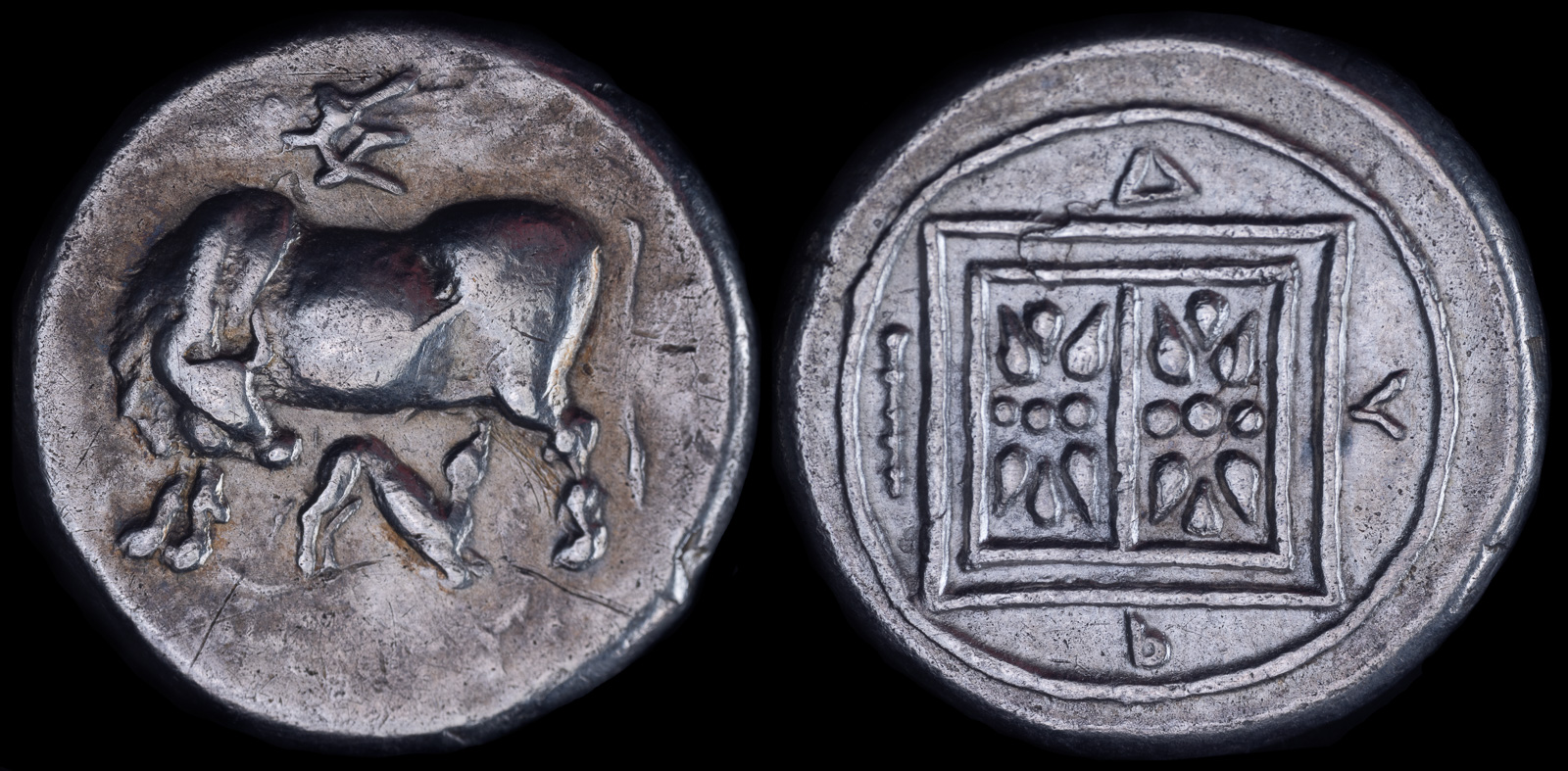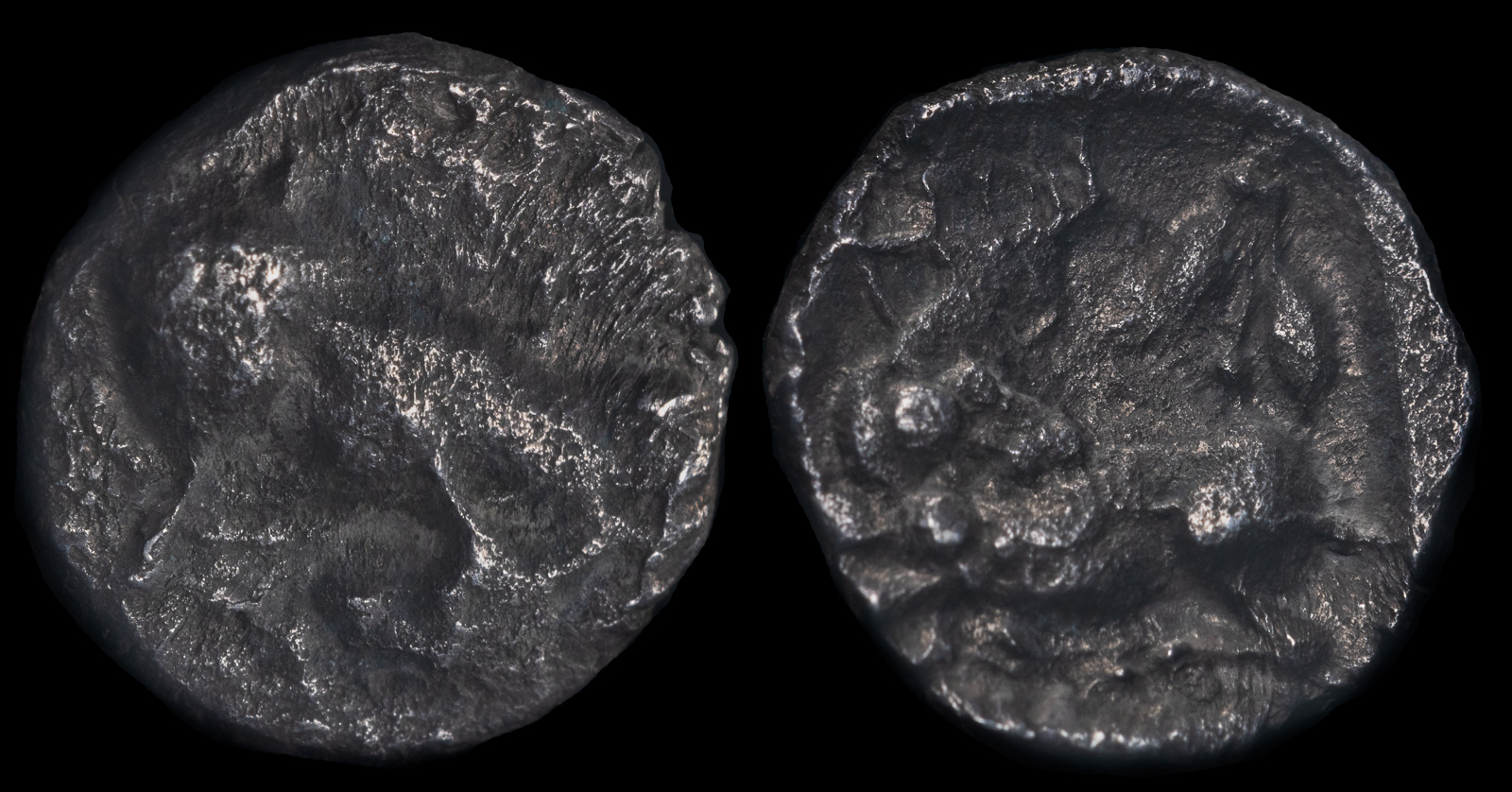Cow
View All Tags
In ancient Greece, the Boeotian oxen were particularly famous for their strength and were used extensively for farming. This breed, native to the region of Boeotia in central Greece, was well-suited for the harsh terrain of the Greek countryside, where oxen were commonly employed in the cultivation of grain, olives, and vines. These oxen were also integral in religious rituals, often sacrificed to gods such as Demeter and Poseidon, who were associated with fertility and agriculture. Additionally, cows were important as symbols of wealth, as owning a large number of cattle indicated economic prosperity. The ancient Greeks also used oxen for plowing and transportation, but more frequently, donkeys or mules were favored for hauling goods.
In ancient Rome, oxen were similarly central to agricultural labor. However, Roman cattle also had a significant role in transportation, particularly in pulling carts and wagons for both civilian and military purposes. The Roman cattle were typically a hardy, domesticated breed capable of enduring long journeys and carrying heavy loads. The Roman military made use of oxen to pull supply wagons and artillery, and they were essential for the functioning of Roman armies, especially during campaigns. The importance of cattle to Roman agricultural life was reflected in the diety Cerus, who was associated with the fertility of livestock.
Both in Greece and Rome, cattle were also valued for their meat, milk, and hides. Milk was essential in the production of cheese, and meat was a significant part of the diet, especially for feasts and sacrifices. Oxen were especially prized for their meat, as they were often slaughtered in religious rites, such as those dedicated to gods of agriculture or the Roman emperor. The leather from these animals was also valuable for making shoes, armor, and other goods.

Kingdom of Illyria, Monounios
Dyrrhachion
Circa 305-275 BCE
AR stater 21mm 10.57g 5h
Obv: cow standing left, looking back at suckling calf standing right below; monogram above.
Rev: double stellate pattern divided by line, all in double linear square border; ΔYP (P retrograde) and club around; all within linear circle border.
Paškvan-; Maier 34 var. (same); Meadows, CH (forthcoming) 193; SNG Copenhagen-425 var. (orientation of obv.); BMC-29 var. (same).
ex Classical Numismatic Group 2015

Samaria. “Middle Levantine” Series
Circa 375-333 BCE
AR Obol 0.68g, 9mm
Obv.: cow standing right, head left, suckling calf.
Rev.: stag recumbent left, head right; olive spray to right. Aramaic SL above.
Meshorer & Qedar 148; Sofaer 229